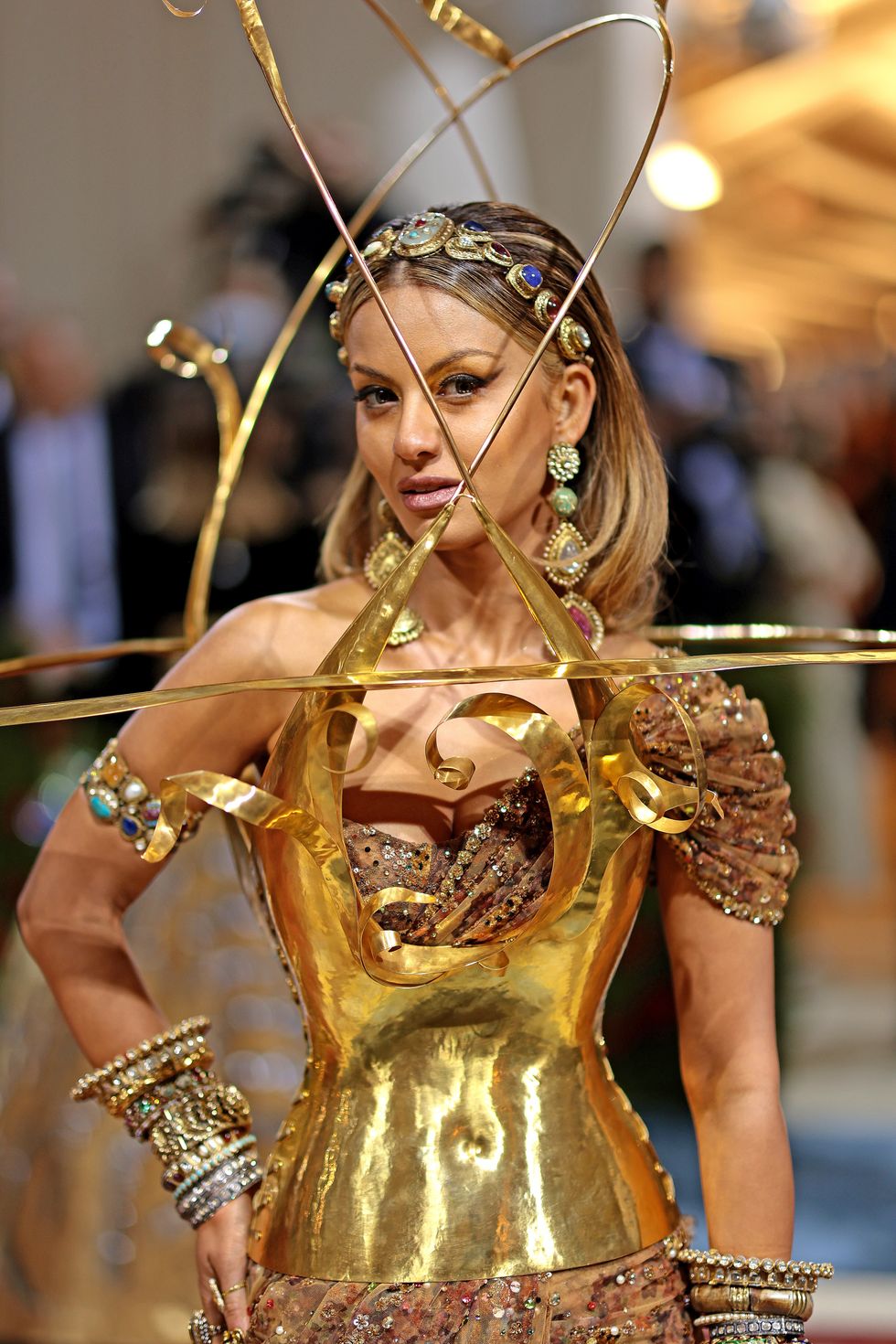PEOPLE believe they need confidence to do something. But, if you do things with confidence, you may do stupid things. You do not need confidence to do activity, you need sense.
You just have to function according to your capabilities – neither confident nor diffident. If you can do it, you will do it, if you cannot do it, you will not do it.
Only an ego can feel diffident or confident. Let’s look at what you refer to as “ego”. It is a common misconception that one becomes egotistic only when they do something well or become rich or beautiful, or something like that. Actually, the ego is born when you started kicking in your mother’s womb. When you made the very first mistake of getting identified with your physical body, the ego was born.
The ego is a defence mechanism. You got identified with this body. This little organism has to survive in this vast existence, of which you have no perception – where it begins and where it ends. Just to survive, you have to project yourself like a big man; so, the ego is born. It is a false reality. What you refer to as confidence is a false identity you created just for the sake of survival.
The ego is like your shadow. The moment you have a physical body, you have a shadow. The shadow itself is neither good, nor bad. If the sun is up in the sky, you have a little shadow. If the sun is down near the horizon, you have a mile-long shadow. Whichever way the outside situation demands, that is the kind of shadow you have. That is also the kind of ego you should have.
To handle different kinds of situations in our lives, we need different kinds of identities. If you are fluid about it, if you can change from one to another gracefully, then you can play your role to the hilt and still have no problem with it.
But, right now, the problem is you get so identified with it, you start believing you are that. Once you believe “I am the shadow,” what would you do? You would naturally crawl upon the earth. If you crawl upon the earth, how will life be? If we carpet the floor, you will crawl in comfort, not in joy.
Suppose there are stones, rocks, and thorns? Then you will cry out in pain. That is how your life is going on right now. If the outside situation is carpeted, you will crawl in comfort. If there are little thorns, you will cry, because you are crawling upon the earth.
Right now, your whole experience of life is limited to the physical. Everything you know through your five sense perceptions is physical, and the physical has no purpose of its own, it is there only as a peel to the fruit. The peel means something only because it is a protective layer to the fruit. This body is important, because there is something else inside. You have never experienced that something else. If that something else goes away tomorrow morning, nobody would want to touch this body, which has become a corpse.
If we do not transcend the limitations of the physical, if we do not transcend the limited existence of the physical, then life will always be a constant struggle – confidence and diffidence. If situations go well, you are very confident. If situations do not go well, you are diffident.
And you always know, whatever situations are going well, any moment, things can go wrong. It is not even a question of things going wrong – life can just take any course, any moment. At any moment, things can happen in a way that you do not like. If everything in the world is going dead wrong for you, and you can still go through this life untouched, peacefully, joyfully within yourself, then you know life the way it is.
Otherwise, you are just a slave of the physical.
n Ranked among the 50 most influential people in India, Sadhguru is a yogi, mystic, visionary and a New York Times bestselling author. Sadhguru was conferred the Padma Vibhushan by the Indian government in 2017, the highest annual civilian award, accorded for exceptional and distinguished service. He is also the founder of the world’s largest people’s movement, Conscious Planet – Save Soil, which has touched more than 3.9 billion people.















 Vogue 1940; Designer Elsa Schiaparelli wearing black silk dress with crocheted collar of her own design and a turbanFredrich Baker/Condé Nast via Getty Images
Vogue 1940; Designer Elsa Schiaparelli wearing black silk dress with crocheted collar of her own design and a turbanFredrich Baker/Condé Nast via Getty Images 'Tears' Evening dress and head veil, designed by Elsa Schiaparelli, February 1938 for Circus Collection, summer 1938. Fabric designed by Salvador Dali Victoria and Albert Museum, London
'Tears' Evening dress and head veil, designed by Elsa Schiaparelli, February 1938 for Circus Collection, summer 1938. Fabric designed by Salvador Dali Victoria and Albert Museum, London Natasha Poonawalla attends The 2022 Met GalaGetty Images
Natasha Poonawalla attends The 2022 Met GalaGetty Images  Vogue 1936; Two models, standing in a white room with arrows painted on walls and wearing dresses by Schiaparelli;Cecil Beaton/Condé Nast via Getty Images
Vogue 1936; Two models, standing in a white room with arrows painted on walls and wearing dresses by Schiaparelli;Cecil Beaton/Condé Nast via Getty Images


 Many of these beaches are tidal and best enjoyed at low tideiStock
Many of these beaches are tidal and best enjoyed at low tideiStock It’s also unofficially clothing-optionaliStock
It’s also unofficially clothing-optionaliStock Framed by the turquoise seaiStock
Framed by the turquoise seaiStock It’s best visited early or late in the dayiStock
It’s best visited early or late in the dayiStock